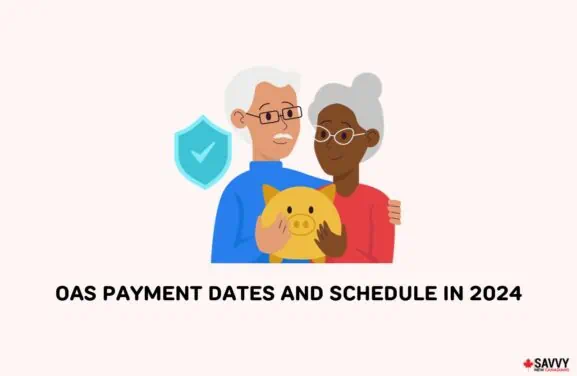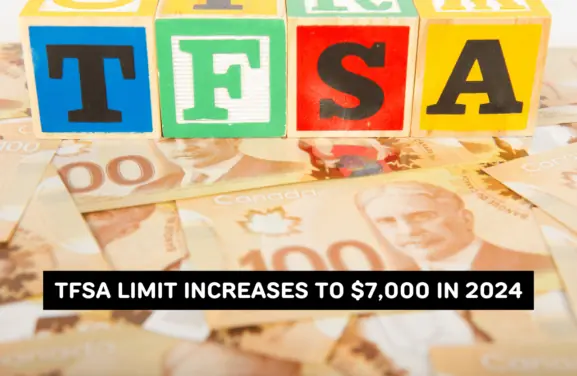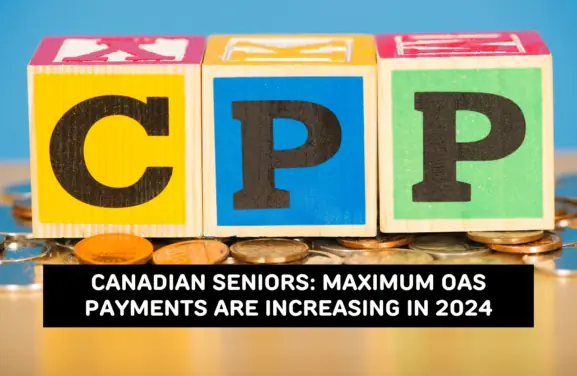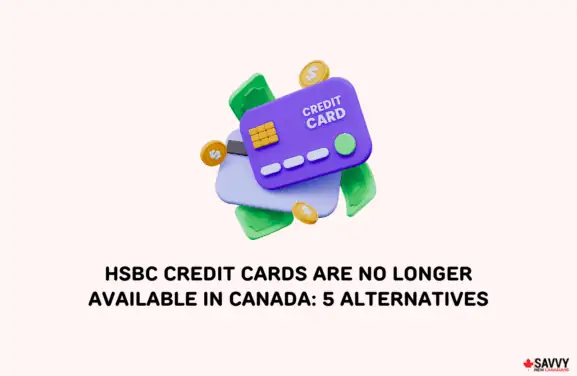As a Canadian senior, you are likely aware of the Old Age Security (OAS) program that provides a modest monthly pension to eligible individuals aged 65 and over. However, you may not be aware of the OAS clawback, which reduces or eliminates your OAS pension if you earn above a certain income threshold.
The OAS clawback is a tax that applies to your OAS pension and is calculated based on your net income. This article will discuss several ways to avoid the OAS clawback in Canada.
Understanding The OAS and Clawback Mechanism
The OAS clawback reduces your OAS pension if your net income exceeds the clawback threshold. The clawback threshold is adjusted annually and is currently set at $81,761 for 2024.
If your net income exceeds this amount, your OAS benefits will be reduced by 15 cents for every dollar of income above the threshold.
Here is a summary of various strategies to avoid OAS clawback this year:
- Delay your OAS pension: You can delay your OAS pension until age 70 to receive a higher pension and reduce the risk of clawbacks if your income from other sources puts you in a higher income threshold. This not only boosts your monthly payments but can also strategically reduce your income during the years you’re subject to the clawback.
- Split your pension income: If you have a spouse or common-law partner, you can split your pension income to reduce your net income and avoid clawbacks.
- Use your TFSA: Withdrawals from your Tax-Free Savings Account (TFSA) do not count as income and can help reduce your net income.
- Be strategic with your RRSP withdrawals: If you have a Registered Retirement Savings Plan (RRSP), you can withdraw funds strategically to reduce your net income.
- Take advantage of pension income tax credits: If you have eligible pension income, you may be able to claim a federal and provincial tax credit to reduce your tax bill and avoid clawbacks.
- Manage your investments: Be mindful of the income generated by your investments and consider investing in tax-efficient vehicles.
- Plan your income in retirement: Plan your retirement income to avoid large spikes in income that can trigger a clawback.
- Consider deferring other income sources: If you have other sources of income, such as rental income or capital gains, consider deferring them to reduce your net income.
- Take advantage of tax deductions: Be sure to claim all eligible tax deductions to reduce your net income.
Maximizing Income While Minimizing OAS Clawback
Below is a more detailed look at ways to minimize the OAS clawback that involves maximizing your income while minimizing your taxable income.
Utilize Tax-Efficient Savings Accounts
Tax-Free Savings Accounts and Registered Retirement Savings Plans are two tax-efficient savings accounts that can help you minimize the OAS clawback.
TFSAs allow you to earn tax-free investment income, while RRSPs allow you to defer taxes on your investment income until retirement.
By maximizing your TFSA contributions, you can draw upon these funds later without increasing your taxable income, thereby minimizing the OAS clawback.
Leverage Income Splitting Opportunities
Income splitting opportunities can help you minimize the OAS clawback by shifting income to a spouse or common-law partner who has a lower income.
For example, you can split your pension income, RRIF or LIF payments, and annuity income with your spouse or common-law partner. Doing so can reduce your taxable income and maximize your retirement income.
Effective Use of Investment Vehicles to Reduce Clawback
Another key factor to consider regarding investment vehicles and reducing clawback is the impact of interest income and capital gains. Capital gains are taxed differently than interest income and can impact your taxable income and OAS clawback differently.
For example, if you have a GIC that provides interest income, this income will be fully included in your taxable income and could increase your OAS clawback. On the other hand, if you invest in stocks that provide capital gains, only 50% of capital gains are included in your taxable income.
OAS Deferral and Government Supplements
You can choose to defer your OAS pension for up to 60 months after you become eligible. For each month you defer, your pension will increase by 0.6%, up to a maximum increase of 36% if you defer for the full 60 months.
Deferring your OAS pension can be a good option if you expect your income to be higher between age 65 and 70. By deferring your OAS pension, you can delay the start of your pension payments and reduce your income in the short term.
Eligibility for Additional Government Benefits
Another benefit to consider is the Canada Pension Plan (CPP). The CPP is a retirement benefit that provides a monthly payment to eligible Canadians.
You can choose to start receiving CPP payments as early as age 60 or defer them until age 70. By deferring your CPP payments, you can increase the amount of your monthly payments later while lowering your income now.
Manage Large Capital Sales
If you have a large capital gain from the sale of an investment property or other asset, it’s important to plan ahead to minimize the impact on your OAS benefits.
One strategy is to spread out the sale over several years to avoid having a large gain in a single year. This can help keep your income below the income recovery threshold and reduce or eliminate the OAS clawback.
Another strategy is to use capital losses to offset capital gains. You can carry forward capital losses to future years to offset future capital gains. This can help reduce your income in the year of the sale and minimize the impact on your OAS benefits.




FYI
For 2024, the OAS clawback threshold will be going up from $86,912 to $90,997. This means seniors can earn up to $90,997 in 2024 before any OAS benefits start getting deducted. The full OAS pension is clawed back at an income level of $136,855 for 2024.
Robert